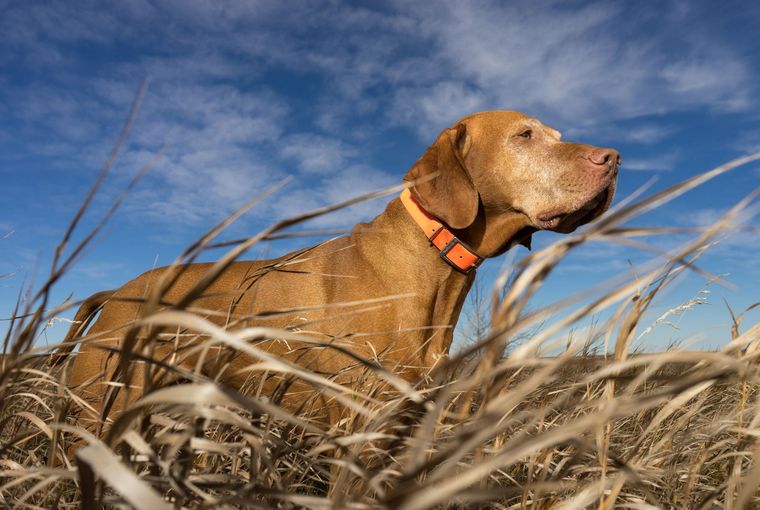
So, you’re thinking about buying a gun dog to share your days in the field with? You find yourself in the exciting fantasy stage where your future dog picks up game scent like a vacuum and the retrieves are straight and in the order of your priority falls: winged and blind falls first, gimmes second. That’s great. I’ve been there too. However, I feel I would be doing a disservice if I didn’t bring up hard truths you will face as you develop your dream dog.
What follows is a general approximation of the price you should expect to pay for the pleasure of owning a hunting partner whose enthusiasm and passion to hunt is sure to surpass even your own.
It all starts with a good breeder
I’ll cut right to the chase. The initial investments you make will set you on the path to success or failure in developing strong, healthy, well-trained gun dog. Nowhere is this truer than in your choice of dog. Regardless of what breed strikes your fancy, I strongly advise buying the best dog you can afford. By that I mean the best-bred dog from a reputable breeder of working dogs. Don’t be afraid to ask a breeder for references. They should welcome the inquiry and be pleased that a potential buyer will continue testing their dogs in the field.
Dog: $1,000 to $2,000, depending on breed and availability
Housing
I am a huge believer in the need to train a dog to a crate. When the dog is a puppy, they make a great containment tool when you cannot be attentive to the pup. As the dog gets older, it will look to the crate as its den. If you’re going to travel with your dog either by road or air, an airline-approved travel crate will meet all your needs nicely.
Crate: $150 to $400
Initial veterinarian visits
The number of required vaccinations, boosters, and dewormings will vary depending on the age of your dog. Either way, the first year will see you in the vet’s office fairly regularly. Additionally, if you choose to have your dog spayed or neutered and not have them in a well-planned breeding program (I highly recommend such a program) you also have to factor in those costs.
First-year vet costs: $900 to $1,500
Food
Good dog food might seem unnecessarily expensive, but it has been my experience that a high-quality performance formula dog food makes for a healthier, more active dog. This means fewer trips to the vet and more productive time in the field. I am not a fan of the current craze of raw diets. If done properly, they can meet the needs of a dog, but very few people have the expertise or time to continually provide the essential nutrients for an active gun dog with such a diet. When done incorrectly, a raw diet can lead to any number of health issues. A quality dog food manufacturer has veterinarians and canine nutritionists on staff that formulate appropriate diet for the size and activity level of your dog.
Food: Approximately $60 to $120 a month
Training equipment
Most of the equipment you need will be one-time purchases. Electronic collars used properly as directed by manufacturers are well worth the costs. Tracking and GPS collars for wide-ranging dogs are not only handy, but can turn a day in the field from frustration to awesome in a hurry. Having said that, I am old enough to remember days before recharging cables and toggles. Training a great gun dog is certainly possible without electronics. While my dogs are now wired for sound, there are cheaper, though more laborious, ways to do it.
Leashes, collars, electronics, etc.: $400 to $ 1,500
2nd year and beyond
Once you have crossed the first-year hurdle, the costs settle down considerably. Provided your dog stays away from injury, your expenditures will mainly consist of monthly food bills and annual veterinarian booster shots and checkups. Costs of occasional services, such as boarding kennels or hotel accommodations, may come up as well, but in the grand scheme of things, these are rather incidental.
Buddy up to share costs
The costs I’ve outlined here are approximations. Buying second-hand equipment can offset some of these expenses, and already owning much of it from previous dogs will certainly lessen the hit. Also, if you happen to have a buddy who is taking or has taken a similar plunge, you can share the cost of some equipment.
Take it all in
So there you have it. I’ll leave the final tally for you to calculate when you get a moment alone. It’s my sincere hope this doesn’t dissuade you from getting a new dog, but rather provides enlightenment before taking the plunge. The benefits far outweigh the costs for anyone who understands the value of unconditional companionship and what a valuable conservation tool a good dog provides in collecting the game you shoot. When you really think about it, a good dog and its general upkeep will cost you far less money than say, a golf membership, some professional landscaping, or even a divorce lawyer.
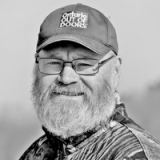
Tom has a long-held passion for dogs and hunting. He’s also an avid falconer and has been a contributing illustrator with OOD for over 20 years. Contact Tom at [email protected]
Originally published in the April 2020 issue of Ontario OUT of DOORS magazine.


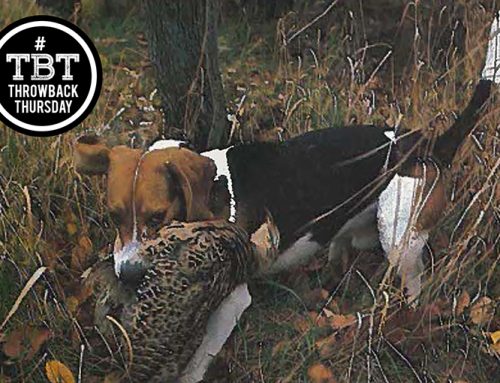
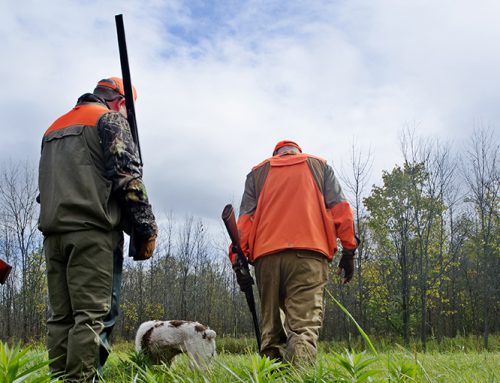
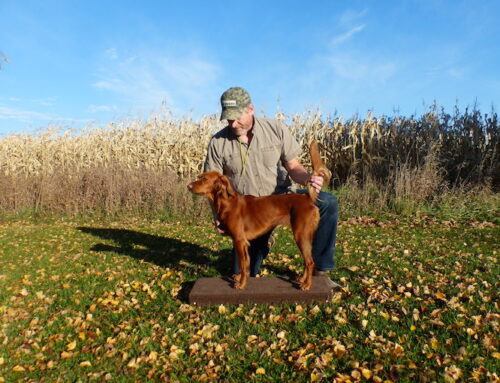
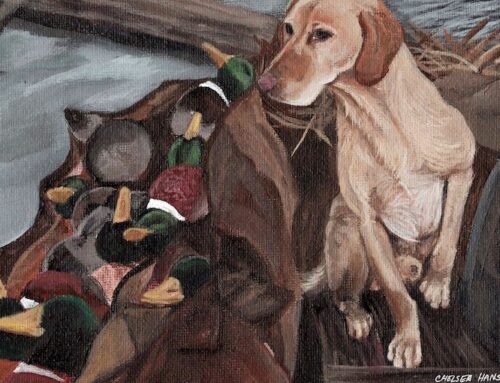
Leave A Comment